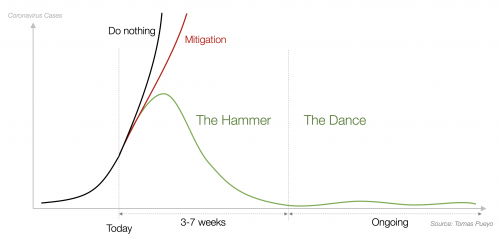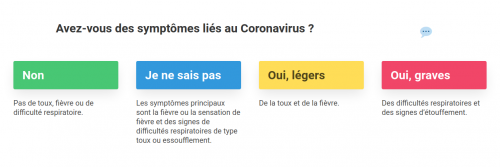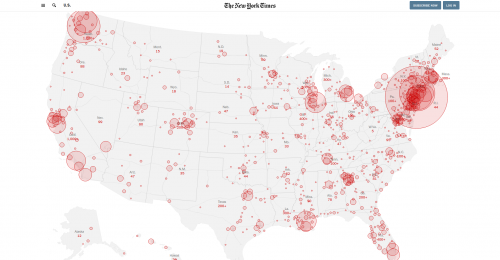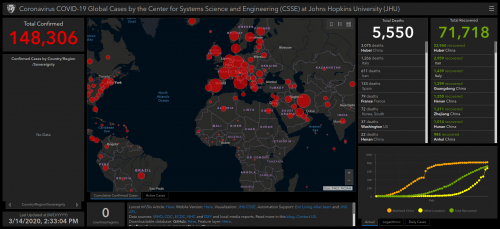How I Built an Open Source AI Tool to Find My Autoimmune Disease (After $100k and 30+ Hospital Visits) – Now Available for Anyone to Use
Interestingly, when I fed all my symptoms and medical data from before the rheumatologist visit into GPT, it suggested the same diagnosis I eventually received. After sharing this experience, I discovered many others facing similar struggles with fragmented medical histories and unclear diagnoses. That’s what motivated me to turn this into an open source tool for anyone to use. While it’s still in early stages, it’s functional and might help others in similar situations.
https://github.com/OpenHealthForAll/open-health
**What it can do:**
* Upload medical records (PDFs, lab results, doctor notes)
* Automatically parses and standardizes lab results:
– Converts different lab formats to a common structure
– Normalizes units (mg/dL to mmol/L etc.)
– Extracts key markers like CRP, ESR, CBC, vitamins
– Organizes results chronologically
* Chat to analyze everything together:
– Track changes in lab values over time
– Compare results across different hospitals
– Identify patterns across multiple tests
* Works with different AI models:
– Local models like Deepseek (runs on your computer)
– Or commercial ones like GPT4/Claude if you have API keys
**Getting Your Medical Records:**
If you don’t have your records as files:
– Check out [Fasten Health](https://github.com/fastenhealth/fasten-onprem) – it can help you fetch records from hospitals you’ve visited
– Makes it easier to get all your history in one place
– Works with most US healthcare providers





